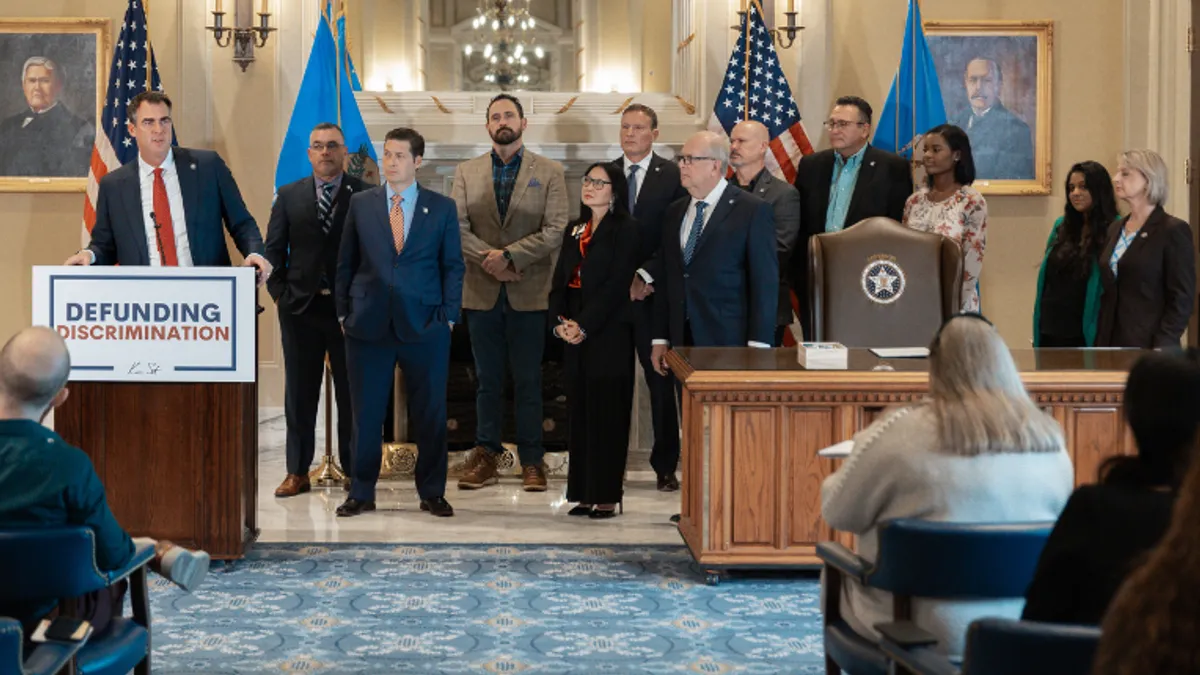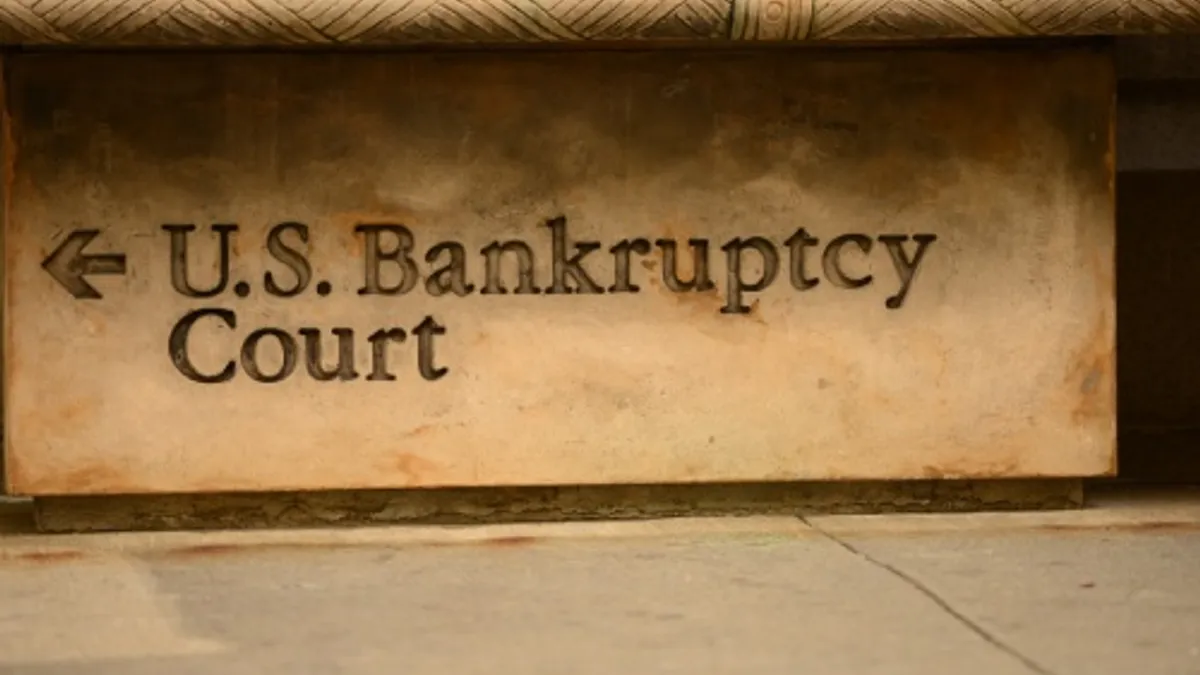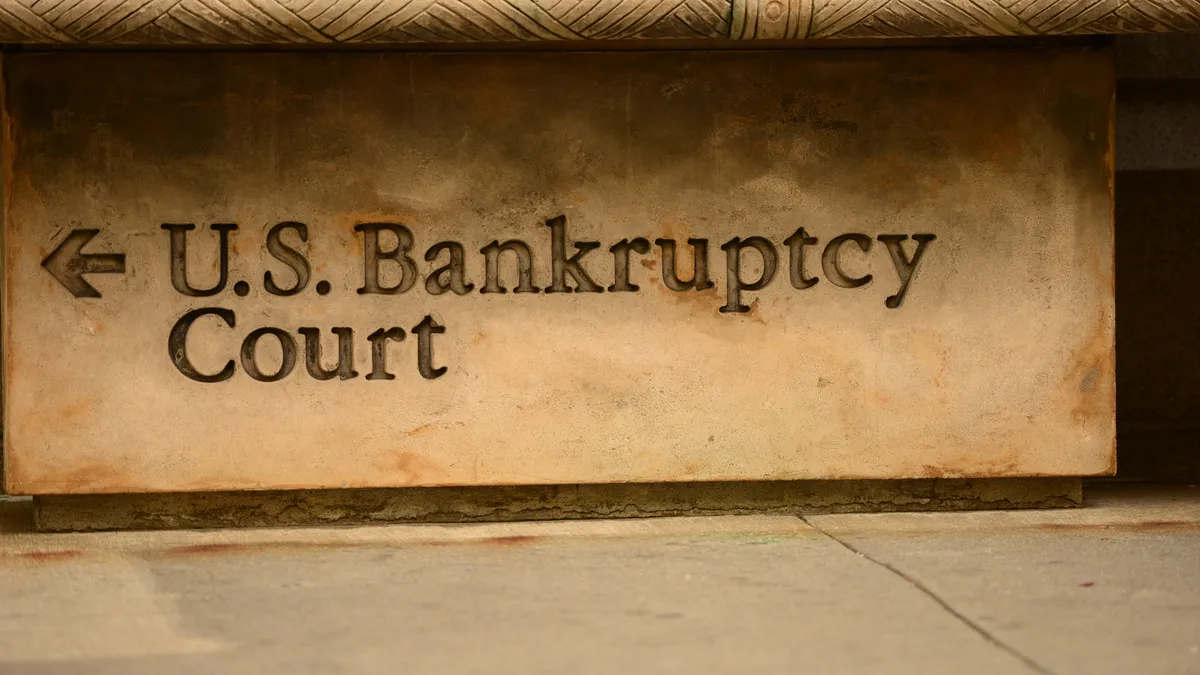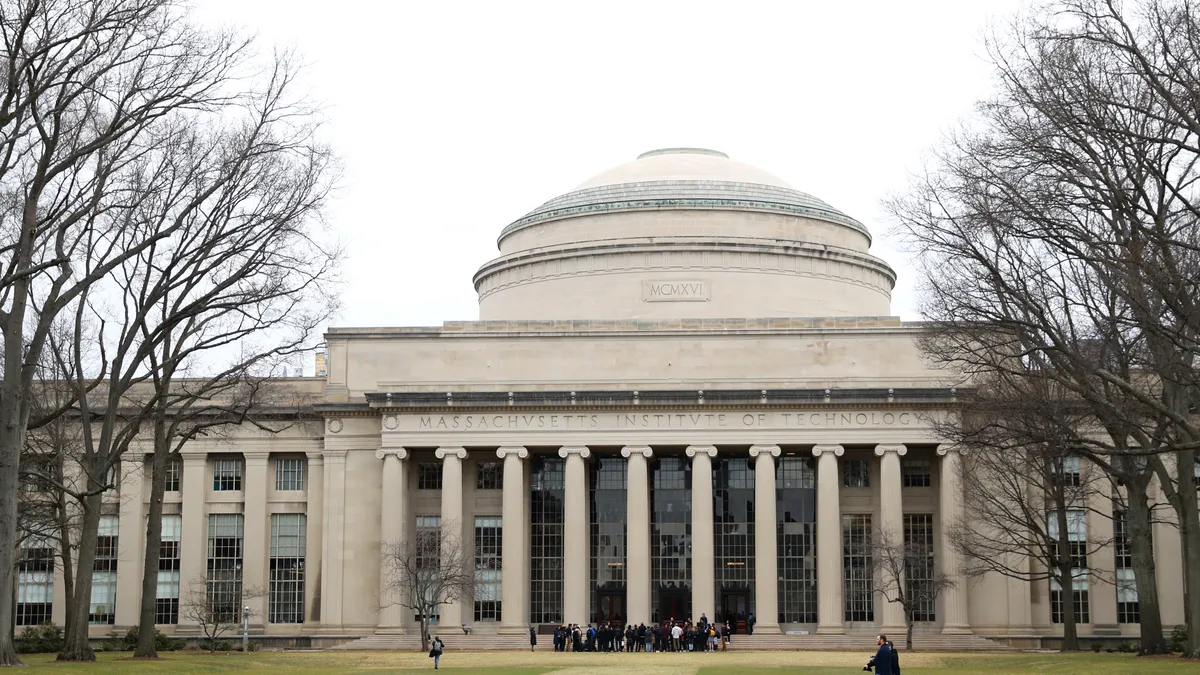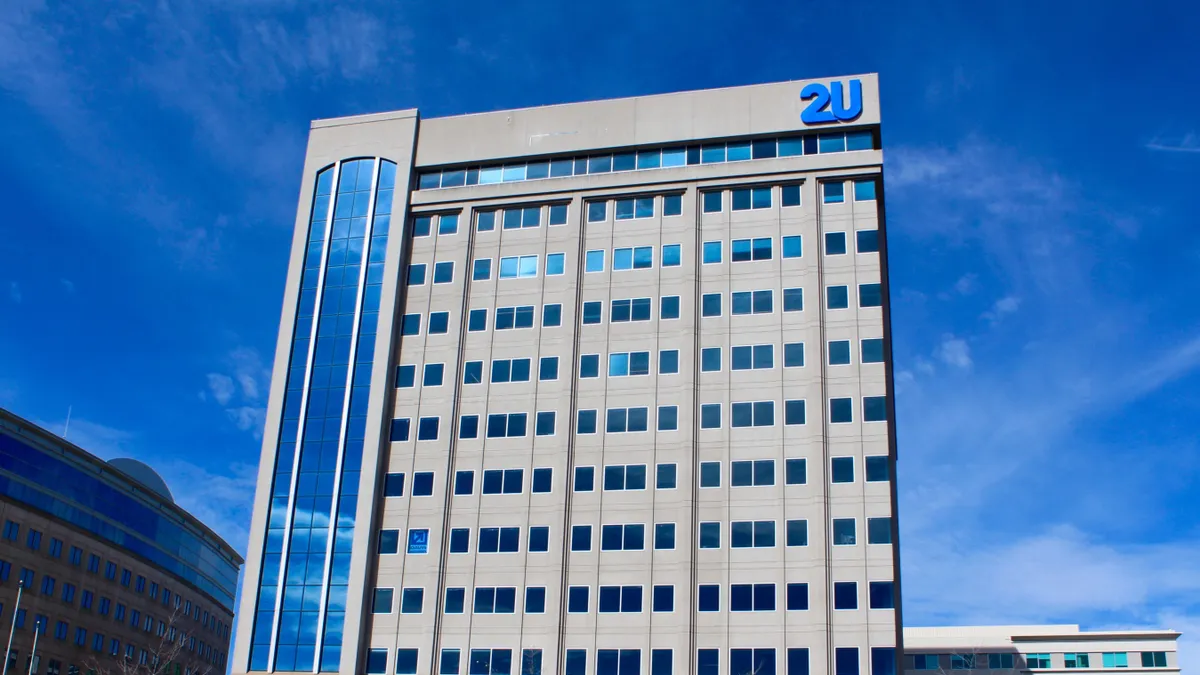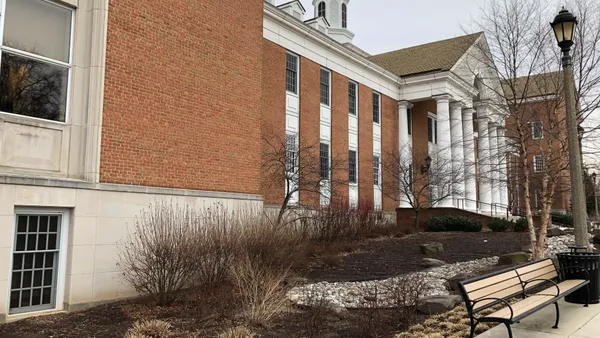The following is a guest post written by Christopher Gilmore, assistant vice president for extended education at Excelsior College and chief operating officer for Educators Serving Educators (ESE) – A Division of Excelsior College. Through ESE, Christopher consults with other institutions on how to best serve the non-traditional learner.
The Pew Research Center recently released a report highlighting that, for the first time in over four decades, the income tier identified as the “American middle class” is no longer the prominent economic tier in the country. While it is not all bad news, the dwindling middle class is still cause for concern and I can’t help but consider higher education’s role as it relates to providing pathways to the middle class.
Not long ago, a college degree was viewed as a critical stepping stone to the middle class. In recent years, however, the share of adults saying a college education is necessary to be middle class has actually fallen from 37% to 30%. This viewpoint perseveres despite data that shows young college graduates are out-performing their less educated peers on virtually every measure of economic well-being.
Rather than focusing on the role of higher education in protecting pathways to the middle class, much of the attention surrounding the industry today centers on the rising costs associated with obtaining a degree and the impact that substantial increases in student loan borrowing is having on those who graduate, and even worse – those who don’t graduate. Combine these concerns with recent headlines bringing attention to race and inequality issues that continue to plague many state and private institutions, and it’s easy to question whether creating pathways to the middle class is still among the top priorities of American institutions.
Given these perceptions, it has never been more important for institutions to tackle this issue. To combat this narrative, we must commit to implementing and following best-practices that will ensure we are helping more students obtain a credential in a reasonable amount of time, graduating with the lowest amount of debt possible and entering a workforce that values their degree.
When we’re able to consistently demonstrate that we’re doing our part to move these metrics forward, I believe we will win back the minds of those questioning the correlation of a college degree with a middle-class lifestyle.
What can we do about it?
While I recognize the higher education industry has numerous examples of best practices to impact these areas, I offer a few I believe should be on educators’ collective agendas:
Impactful Workforce Partnerships
By now we’re all likely familiar with high profile partnerships such as Arizona State University and Starbucks, Strayer University and Chrysler and Excelsior College and Pizza Hut. Among others, these examples are held up as models of higher education partnering with the workforce in ways that benefit the student like never before. Through increased acceptance of “on-the-job learning,” institutions are able to help these students capitalize on the valuable experience they already have under their belt. The resulting credit-hours save both time and money via shortened paths to graduation. In addition, many workforce partnerships provide discounted tuition for corporate employees – another advantage. In today’s model, impactful workforce partnerships are clearly benefiting the corporation, the university and most importantly, the student – a win-win…win.
Recognizing Prior Learning
It is no surprise that students want credit for what they already know. With non-traditional students having become the new normal, colleges and universities are beginning to listen to this long-time lament. Of course, recognizing prior learning is nothing new to higher education. To the contrary, there are a number of “completion” schools founded with recognizing prior learning as a core part of their mission. Whether through previous academic experience or professional certifications and/or experiences, recognizing a student’s prior learning is a critical way institutions can truly meet students where they are, helping ensure they shorten their path to completion and decrease the debt load they graduate with.
Collaborative Community College Partnerships
A mentor of mine consistently uses the phrase “the future of higher education is partnerships.” Nowhere, is this truer, I believe, than in the collaborative partnerships between two-year community colleges and four-year institutions. As four-year institutions, it is our responsibility to recognize and validate the outcomes community college graduates have achieved in completing their degree programs. Whether through innovative articulation agreements or partnerships such as dual-enrollment and/or 90 + 30 degree-completion options, we must consistently do right by community college graduates by ensuring a smooth transfer process and the matriculation of their hard-earned credits.
I recognize these are only a few examples, and with 36 million Americans in the “some college, no degree” category, it will take these best practices and many more in order for the higher education system to reassert itself as a critical pathway to the middle-class. I strongly believe this is not only achievable, but the future strength of our middle-class depends on it.
Follow Christopher on Twitter: @TopherGilmore




